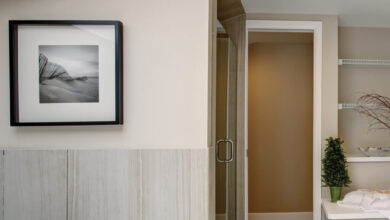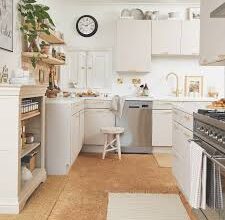
-
Assess space and layout: Consider ceiling height, existing plumbing, and lighting.
-
Plan for moisture control: Basements often face humidity; invest in waterproofing and dehumidifiers.
-
Consider electrical needs: Upgrading wiring may be necessary for lighting, appliances, or entertainment systems.
-
Balance aesthetics and function: Use quality materials that are durable and visually appealing.
-
Set a realistic budget: Prioritize features that add the most value or enjoyment.
Common Challenges and How to Overcome Them
Moisture and Water Issues
One of the biggest basement renovation hurdles is moisture. Waterproofing, sump pumps, and proper ventilation are essential.
Limited Natural Light
Basements typically have small or no windows. Use layered lighting—ambient, task, and accent—to brighten the space.
Low Ceilings
If ceilings are low, choose low-profile furniture and avoid bulky features to maintain openness.
Real Homeowner Stories: Best Basement Features Added
-
“Our home theater has become the favorite spot for weekend family time.” – Sarah, Texas
-
“Adding a workshop downstairs gave me space to pursue woodworking without cluttering the garage.” – Mike, Ohio
-
“Our finished basement guest suite has hosted many relatives comfortably.” – Priya, California
Conclusion
Your basement is more than just a basement. It’s an opportunity to add value, function, and comfort to your home. The best feature you add to your basement should reflect your unique needs—whether it’s a media room, bar, gym, or something completely custom.
Start by assessing your space and goals, then plan carefully to overcome common challenges. With creativity and smart choices, your basement can become the home’s most beloved feature.



